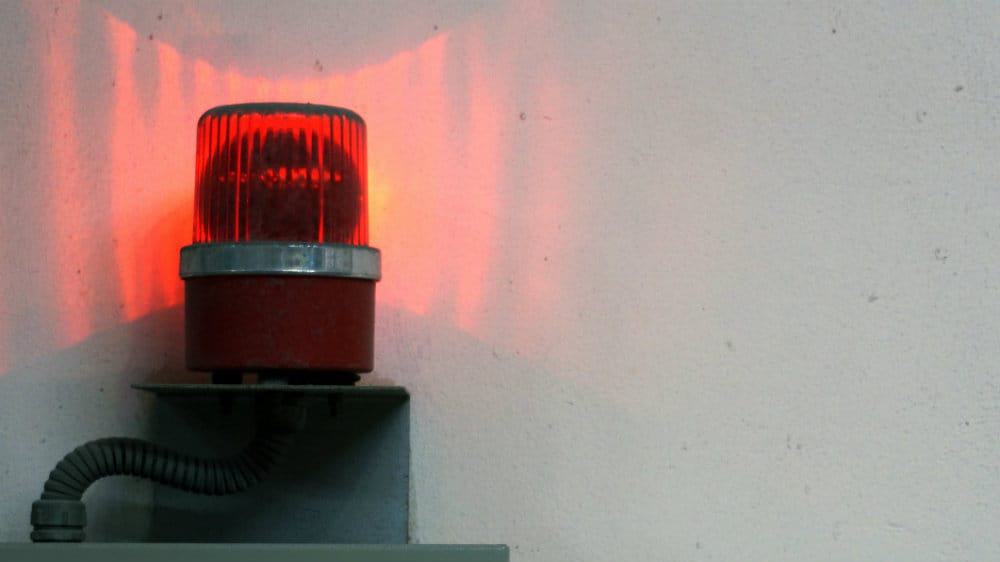Vermilion Energy (TSX:VET)(NYSE:VET) stock has been beaten to a pulp, falling by more than half in the last two years. However, it showed signs that it was still in the game when it popped nearly 10% yesterday.
Is Vermilion’s high yield safe?
Vermilion reported its third-quarter results last week, which showed total production falling 6% to 97,239 barrels of oil equivalent per day (boe/d) over the second quarter with the biggest declines of 17% in the Netherlands and Australia. Funds from operations per share just declined by 2% to $1.39, though, which implied a payout ratio of less than 50% for the quarter.
However, when looking at the full-year estimates, after accounting for the oil and gas producer’s 2019 sustaining and growth capital spending of $520 million, the company would end up paying out about $50 million in excess cash for the dividends — this extra cash either comes from cash on the balance sheet or borrowed money.
Additionally, some investors reinvest their dividends such that the company won’t have to pay a portion out. Unfortunately, this scenario just leads to more dividends being paid out in the future.
In the third quarter, nearly 8.5% of investors opted to reinvest the dividends. If this percentage stayed the same for the full year, then, Vermilion would be paying out about $13 million in excess cash for the dividends. This would imply a payout ratio of about 102%.
Since 2003, Vermilion had only maintained or increased its dividends (i.e., no dividend cuts), while it had 12 years in which the payout ratio (after accounting for dividends and sustaining and growth capex) was over 100%. So, management seems quite committed to the dividend, and it has the flexibility of tuning down the capex as needed.
For example, Vermilion reduced the capex estimate by $10 million in late October to $520 million. Next year, it guides to further reduce the capex to $450 million, while maintaining production levels stable at about 100,000 boe/d. By choosing to tweak the capex levels, management can keep the dividend intact.
What investors should be concerned about
Sure, you’d buy a high-yield dividend stock expecting its dividend to be sustained. However, there’s another more pressing issue — the preservation of your capital.
In April, when the stock was trading at north of $30 per share, the average analyst price target on Vermilion was about $43. Today, the price target is $26 — a cut of 40%, and the stock is down 38%!
This example is a great reminder that we’re not just buying stocks but the real businesses behind each one. Oil and gas producers inherently have volatile profitability driven by energy prices. Vermilion is already among the better-managed oil and gas producers.
Investors should take care to decipher between riskier stocks like Vermilion and lower-risk stocks like Enbridge and Fortis, which have more predictable and stable profitability, which leads to more stable valuations with few surprises. In either case, the valuation you pay for the stock makes a tremendous difference!
Stay hungry. Stay Foolish.










